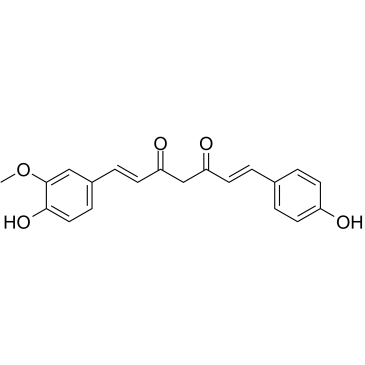| Structure | Name/CAS No. | Articles |
|---|---|---|
 |
demethoxycurcumin
CAS:24939-17-1 |
|
 |
demethoxycurcumin
CAS:22608-11-3 |